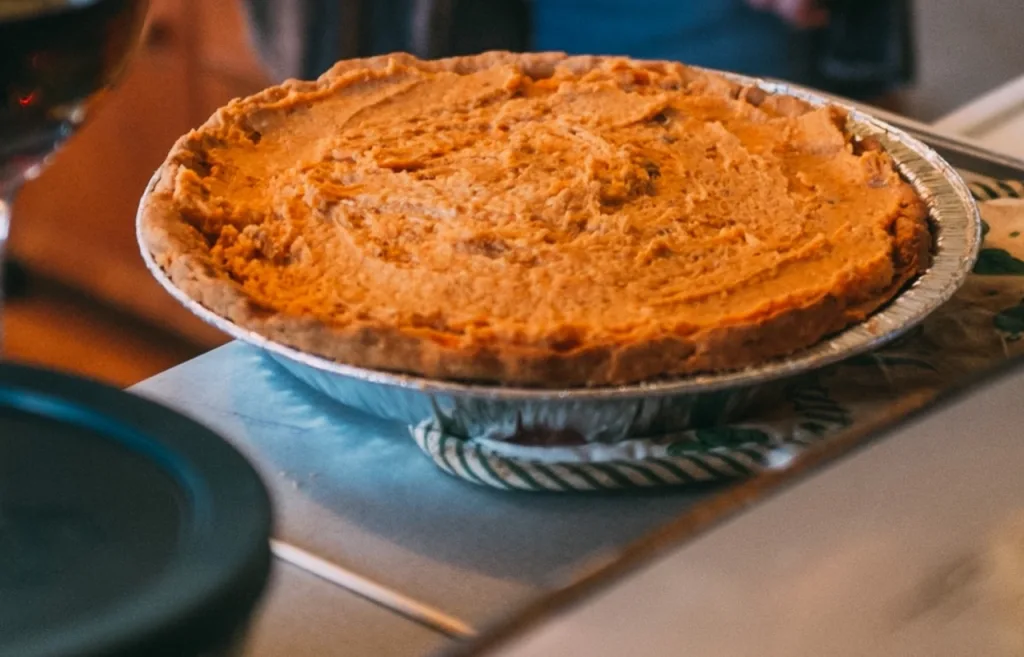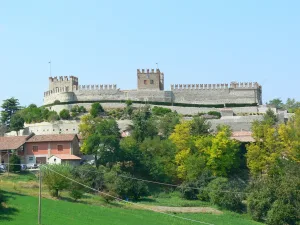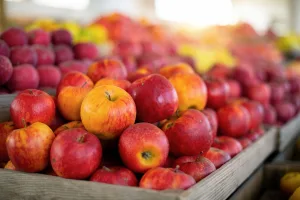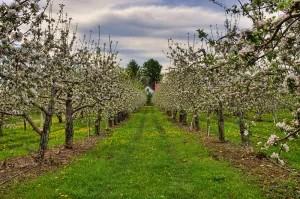Nüsat, one of the traditional culinary heritages of the Oltrepò Pavese, is an authentic and tasty reminder of the past, dating back even to the Middle Ages. It is a special pumpkin pie that was proudly presented in homes during the evening of the Seven Dinners, a special occasion that fell on Christmas Eve. Although it was considered a lean dinner, the table was generously set with no less than seven courses, reflecting the warm festive atmosphere that pervaded families during this time of year. Amidst this wealth of flavours and aromas, the delicious nüsat excelled with refinement.
The evening of the Seven Dinners
Its presence at this religious festival had a deep and sacred significance. Nüsat was part of an ancient practice of preparation for fasting, a period of penance and reflection in preparation for the celebration of Christmas. The delicacy of this dish was able to delight the palate and provide nutritious sustenance to worthily face the period of abstinence and purification.
In the homes of the families of Oltrepò Pavese, Christmas Eve was a special moment of unity and culinary tradition. The women of the family would devote themselves with passion to the preparation of the nüsat, mixing ancient recipes handed down from generation to generation in a cauldron that emitted irresistible fragrances.
The meaning of the name
The name 'nüsat' itself has a fascinating history. It comes from a dialect term whose meaning seems to allude to the main ingredient of this dish: nutmeg. This spice, with its intense aroma and enveloping flavour, gave nüsat the unique and unmistakable touch that still characterises it today.
The recipe has been enriched over time, but not too much, because the flavour of this cake comes from its simplicity. In this way, over the centuries, pumpkin cake has become a culinary heritage that represents the very soul of the people of Upper Padana, the history and culture of their territory. Anyone who has the opportunity to taste it will be catapulted back in time, savouring the authentic flavours of a bygone but never forgotten era.
The pumpkin of the Romans
The Romans also ate pumpkins, but the varieties that were part of their diet were different from the ones we are used to seeing and eating today. Among the varieties of pumpkin that the Romans consumed, one of the most distinctive was the Lagenaria siceraria, originally from Africa.
This type of pumpkin produced unripe, light green, long and often curved fruits covered with down. As the fruit ripened, it became smooth. It was during the ripening stage that the Lagenaria siceraria pumpkin was used to make strong, waterproof containers for liquids. The skin became hard and the inside emptied, making it ideal for holding liquids such as water or wine.
It is no coincidence that this particular type of gourd is known by common names such as 'flask gourd' or 'bottle gourd'.













